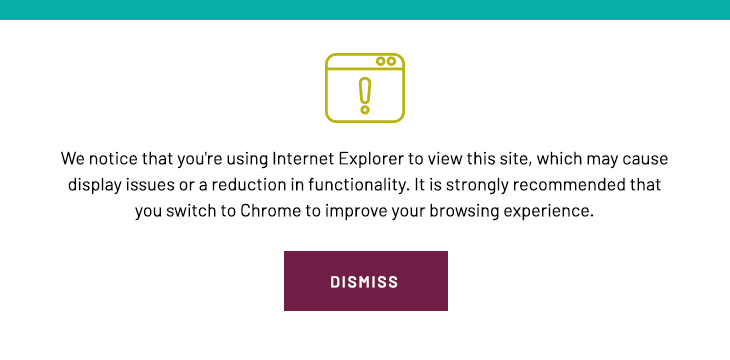



Technology is rapidly advancing throughout every business sector, and the construction industry is no exception. At MBP, our Innovation and Transformation team works diligently to keep up with industry demands and client needs, offering new technologies to provide our clients with better project outcomes. In the list below, we look at the new and existing technologies our team members and clients are utilizing to create innovative solutions during each phase of the project process. Here are the top five tools we found to be the most useful this year:
Drones and 360 image capture have changed the way we document job sites and track progress in various project sectors. MBP utilizes a variety of image capture platforms to provide the most thorough data for our clients. Web-hosted applications allow the viewer to conveniently access project data from anywhere in the world and offer the ability to view, comment, measure, and more. Project stakeholders can see the job site without traveling or leaving their desks and can save on numerous costs. MBP has utilized various reality capture technologies on over 40 projects this year alone. Our goal for the new year is to implement at least one type of image-capturing technology on 80% of our ongoing projects.
Dashboards provide project stakeholders with a snapshot of project performance – requiring less time to review and understand. This ease of use allows stakeholders to quickly come up to speed on relevant project metrics resulting in less time spent reviewing long descriptions and enabling quicker decision-making. The users’ ability to examine the available data, drill down into current metrics, or explore predictive leading indicators provides additional opportunities to improve project outcomes. With the renewed focus on capturing and organizing project data, dashboarding is the next step in providing real-time data to users. MBP can customize most components that are utilized in any dashboard. This innovation focuses on making data and insights accessible to all users with the added benefit of streamlining the presentation and the breakdown of insights.
Project Management Information Systems (PMIS) keep projects on track by systematically logging all the information related to the project. A good PMIS software will store all of a project’s information in a way that is easy to access and will establish a cohesive method for how project records flow and are stored. The ability to capture and facilitate project workflows is a highlight of MBP PMIS for our clients. Individual projects within MBP each have a unique PMIS that is best suited for the client and project and can be customized to fit the needs of our clients. Providing these options to our clients allows us to help foster an environment of open communication and collaboration on the project while also ensuring project records are well organized for final completion and project turnover.
Most project managers are familiar with using standard qualitative risk management processes and procedures that enable the project team to identify and mitigate risks that are impactful to the project. The next step in advancing risk management maturity is to quantify the risks in a way that informs the project team of the magnitude of the risk impacts and provides the ability to put sufficient countermeasures in place to provide confidence that the project will be completed according to plan. Probabilistic risk modeling software is designed to help quantify the effects of risks and uncertainty on the project, conduct effective risk prioritization, and plan risk mitigation that makes financial sense. Since projects are by nature unique endeavors, Monte Carlo simulation is used to overcome the lack of historical data on identical efforts to produce the statistical distributions needed to quantify the risk impacts properly. The use of dedicated risk software provides for the systematic tracking of a comprehensive risk register across the project lifecycle with ease of updates that keep the model relevant as the team reacts to changing conditions. MBP has successfully used probabilistic risk modeling software on several projects in the past year, providing valuable insights which may have otherwise been overlooked.
4D scheduling combines the modern 3D or BIM with a fourth dimension: time. Time is typically described by using the overall project schedule. A user can choose elements, which are then linked to a schedule, and generate an animation of how the project will be constructed. By utilizing 4D scheduling, MBP helped clients visualize the impacts that certain aspects of the scope would have on the overall schedule or cost of the project. MBP has then assisted several clients in adjusting their project scope and sequencing accordingly. 4D scheduling can be used in all construction phases, from concept design to progress tracking and comparison. MBP looks forward to the continued use of 4D scheduling for all our clients.
Construction technology is rapidly evolving, and we always look for ways to leverage new tools. We continue to research and test new technologies, software, and devices that help to make construction management and site operations more efficient and sustainable. Be on the lookout in January for our next blog focused on which tech tools to look out for in 2023!
Comments